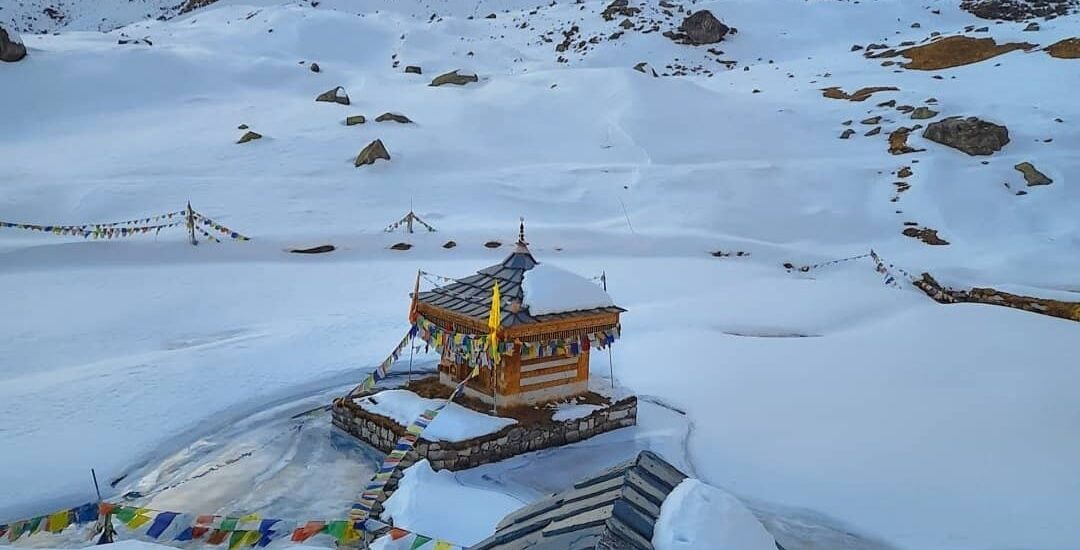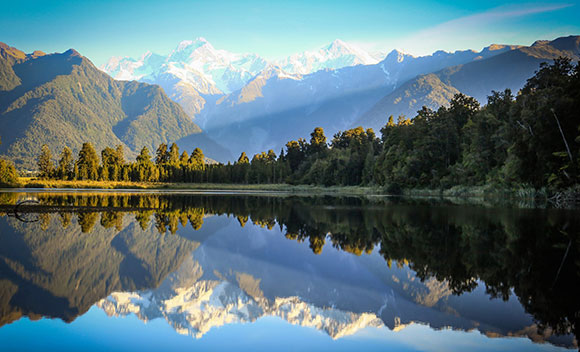Yulla Kanda: A Pilgrimage Trek to the Highest Krishna Temple in Kinnaur
Nestled deep within the untouched landscapes of Himachal Pradesh’s Kinnaur district lies a sacred journey unlike any other—the trek and pilgrimage to Yulla Kanda. At nearly 12,000 feet, this mystical lake and its legendary Krishna temple beckon not just trekkers, but seekers, adventurers, and spiritual devotees craving a rare union of nature, faith, and tradition.
The Spiritual Magnetism of Yulla Kanda
What makes Yulla Kanda a pilgrimage destination transcends its physical beauty. Revered as the world’s highest Krishna temple, it has an aura steeped in legend. According to local belief, the Pandavas of Mahabharata are said to have passed this way during their exile, and it was here they created the sacred lake and constructed the temple. Today, this site stands not only as a symbol of mythic history but also as a unique ‘shakti sthala’—a place imbued with spiritual power.
Pilgrims and trekkers alike report a special sense of peace as they approach the serene blue waters, the simple wooden temple, and the dramatic Himalayan backdrop. Meditation here is believed to be particularly potent, and festivals, especially Janmashtami, draw devotees from far and wide seeking blessings and spiritual clarity.
Beginning the Journey: Yulla Village and Cultural Encounters
Your trek begins in the quaint village of Yulla Khas. With its idyllic wooden houses, apple orchards, and terraces dotted with wildflowers, the village offers a warm glimpse into Kinnauri hospitality. Many trekkers choose to stay in local homestays, savoring homemade food and absorbing stories passed down through generations—each illuminating the legend of Yulla Kanda and its miraculous powers.
These cultural encounters make the pilgrimage even richer. Passing through villages like Rarang, trekkers experience the intricate architecture and the spiritual rhythms of daily life, from folk songs in the evening to early morning prayers. For many, this blending of tradition and journey is what gives Yulla Kanda its lasting allure.
Trek Route and The Beauty of the Trail
The trek stretches over 12 km one way, rising steadily through dense pine and oak forests, shadowed by the distant Kinner Kailash peaks. Early on, the soothing sound of waterfalls and the cool shade of deodar woods welcome you. With every kilometer, the forest thins and the terrain transforms—the lush green meadows open up, dotted with colorful alpine flowers, while occasional glimpses of panoramic mountains remind you how far you have come.
For those familiar with Himalayan treks, Yulla Kanda offers an accessible and rewarding trail—neither too difficult nor overwhelmingly steep, but with enough ascent and challenges to keep the spirit of adventure alive. The path sometimes becomes vague among the meadows, and trekkers are advised to follow local guides or experienced groups to avoid getting lost. Along the way, lucky travelers might spot the iridescent Himalayan monal or wild mountain goats grazing in the open pastures.
Reaching the Sacred Lake and Temple
After hours of trekking, fatigue gives way to awe as Yulla Kanda Lake emerges, framed by snow-draped ridges and the solitary Krishna temple. The lake itself shimmers with a pristine blue, perfectly still—a mirror to the vast skies above. Nearby, the humble temple made of stone and wood stands as if it has grown out of the earth, its idol of Krishna lovingly decorated with fresh flowers and warm woolen shawls to protect from the cold.
Legend claims that the Pandavas built the temple, and during significant Hindu festivals, particularly Janmashtami, hundreds of devotees trek up the mountain, carrying offerings and singing devotional songs. Rituals at the lake, including the floating of the iconic Kinnauri cap, are performed in hopes of blessings for peace and happiness. Whether you visit during the festival or in quieter months, the spiritual energy of the place is unmistakable—a rare blend of solitude, devotion, and Himalayan grandeur.
Practical Tips For Pilgrims and Trekkers
- Best Season: The ideal time to undertake the Yulla Kanda trek is from June to September, when the snow has melted and the trails are accessible. The landscape is lush and vibrant, with clear, cool weather making both trekking and meditation comfortable.
- Preparation: Carry proper trekking gear—sturdy shoes, warm clothes (temperatures can drop rapidly at night), and essentials such as a portable stove and sleeping bag. Meals and homestays are typically simple but nourishing, often arranged in Yulla Khas.
- Local Customs: Respect local traditions—participate in the rituals, be mindful of temple etiquette, and always leave the natural surroundings undisturbed. Hiring a local guide is recommended for safe passage and authentic stories along the way.
Why Yulla Kanda Pilgrimage Trek is Unique
Yulla Kanda is not just a destination—it’s a transformative journey. The trek is a living tapestry where myth and landscape merge, where each step brings you closer to stories as old as the mountains themselves. The real gift, most travelers agree, is that the beauty of Yulla Kanda is matched only by the peace it inspires within. For anyone seeking both spiritual fulfillment and Himalayan adventure, this sacred pilgrimage trek will remain a cherished memory for a lifetime.
If your heart seeks blessings and your feet yearn for adventure, Yulla Kanda awaits, where the lord of the universe is closer to the sky than anywhere else on earth.







